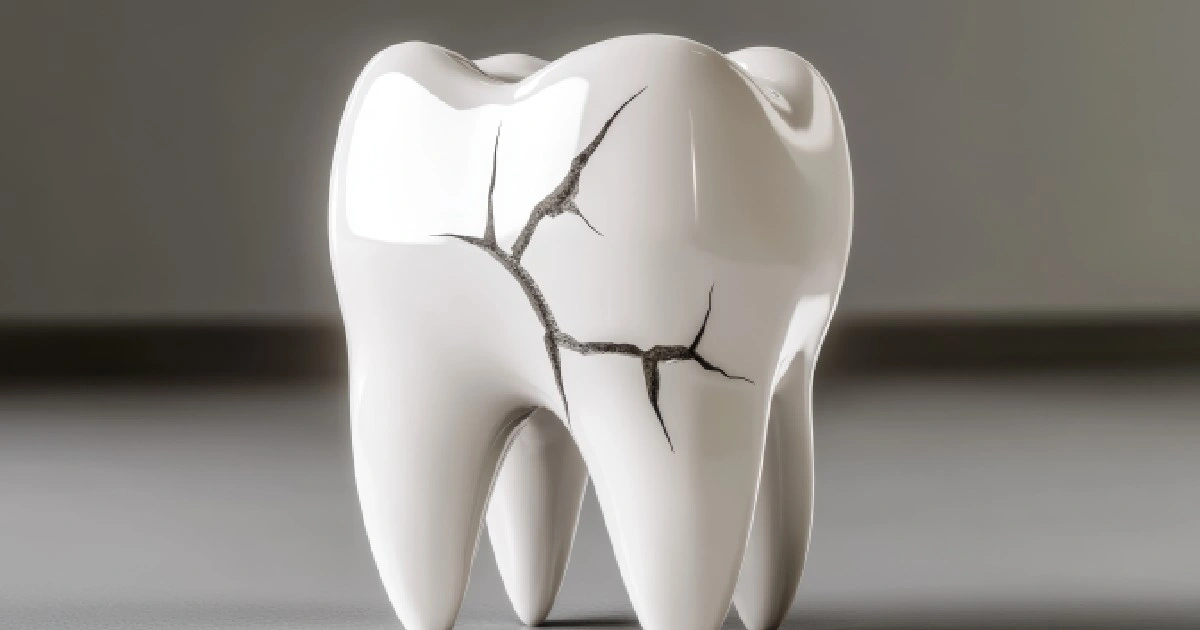Table of Contents
Introduction
Do you experience persistent toothache, sensitivity to hot and cold, or swelling around your tooth? Have you ignored these signs, hoping they’ll go away alone? It’s time to pay attention to your dental health and consider root canal therapy. This comprehensive dental procedure might sound intimidating, but it’s a remarkable treatment that can save your smile and alleviate your pain. In this blog post, we’ll explore everything you need about root canal therapy, debunk common misconceptions, and shed light on its benefits.
What is Root Canal Therapy?
Root canal therapy, or endodontic treatment, is a dental procedure designed to treat infections and save damaged or decayed teeth. It involves removing the infected or inflamed pulp from the tooth, cleaning and disinfecting the root canal, and sealing it to prevent further infection. Contrary to popular belief, root canal therapy is not a painful procedure. With modern techniques and advancements in anesthesia, it can be as comfortable as getting a routine dental filling.
When is Root Canal Therapy Needed?
Root canal therapy is necessary when the dental pulp, which contains nerves, blood vessels, and connective tissue inside the tooth, becomes infected or damaged. This can occur due to severe tooth decay, a cracked or chipped tooth, trauma, or repeated dental procedures on the same tooth. If left untreated, the infection can spread, leading to abscesses, bone loss, and even tooth loss.
Signs and Symptoms That Indicate the Need for Root Canal Therapy
- Persistent toothache: A severe and lingering toothache, especially when chewing or applying pressure to the tooth, may indicate the need for a root canal.
- Temperature sensitivity: Increased sensitivity to hot or cold beverages, which lingers after removing the stimulus, can indicate an infected pulp.
- Gum swelling and tenderness: Inflamed gums around a specific tooth may indicate an infection within the root canal.
- Discoloration of the tooth: Darkening or discoloration of a tooth can be a sign of internal damage and decay.
- Prolonged sensitivity to touch: If the tooth is sensitive to touch or pressure, even without external stimuli, it may suggest an underlying problem requiring root canal therapy.
The Root Canal Therapy Process
Root canal therapy typically involves several steps, which may be completed in one or more visits to the dentist. Here’s an overview of the process:
- Examination and X-rays: The dentist will examine the affected tooth, assess its condition, and take X-rays to determine the extent of the infection or damage.
- Anesthesia: Before starting the procedure, the dentist will administer local anesthesia to ensure you’re comfortable and pain-free.
- Access and pulp removal: A small access hole is created in the tooth to reach the infected pulp. The dentist will carefully remove the diseased pulp, clean the root canals, and shape them for the filling.
- Disinfection and filling: The cleaned root canals are disinfected to eliminate any remaining bacteria. They are then filled with a rubber-like gutta-percha material, which seals the canals to prevent reinfection.
- Restoration: After root canal therapy, the tooth may require a dental crown or filling to provide strength, protection, and aesthetics. The dentist will discuss the best restoration option for your specific case.
Debunking Common Misconceptions About Root Canal Therapy
Root canal therapy has garnered its fair share of misconceptions over the years. Let’s address and debunk some of the most common myths:
- Myth: Root canal therapy is extremely painful. Reality: Modern techniques and anesthesia make root canal therapy comfortable for patients, often with little to no pain.
- Myth: It’s better to extract the tooth than undergo root canal therapy. Reality: Saving your natural tooth with root canal therapy is preferable whenever possible. Extracting a tooth can lead to other oral health issues and require additional dental procedures.
- Myth: Root canal therapy causes illness or systemic problems. Reality: No scientific evidence links root canal therapy to systemic health problems. It is a safe and effective treatment for saving teeth.
The Benefits of Root Canal Therapy
Root canal therapy offers several important benefits, including:
- Pain relief: Root canal therapy alleviates tooth pain and discomfort by removing the infected pulp and treating the underlying infection.
- Preservation of natural teeth: Root canal therapy helps save your natural tooth, maintaining your smile’s appearance, functionality, and alignment.
- Efficient chewing and speaking: With a properly restored tooth, you can chew and speak without discomfort or difficulty.
- Avoiding further complications: By addressing the infection promptly, root canal therapy prevents the spread of infection to neighboring teeth and reduces the risk of more severe oral health issues.
Conclusion
Root canal therapy is a vital dental procedure that can save your smile from further damage and discomfort. Addressing infected or damaged pulp relieves pain, preserves natural teeth, and restores oral health. Pay attention to the signs and symptoms that indicate the need for root canal therapy. Consult your dentist at Endodontic Specialists by Solomon Dental in Summerville, SC promptly to explore this ultimate smile savior and regain a healthy, pain-free smile.







